Seeking Out CPAP Machine Alternatives
CPAP (Continuous Positive Airway Pressure) machines are the most common treatment used to relieve patients of their sleep apnea symptoms. By delivering a steady flow of oxygen to your nasal passages through a mask and tube while you sleep, CPAP allows your body to rest without experiencing any interruptions. However, most patients struggle using CPAP since the machine may be noisy and the mask may be uncomfortable. As a result, patients may stop using their CPAP machine within a year and continue to struggle with sleep apnea symptoms.
Thankfully, Dr. A. Scott Grivas of Sac Sleep and Breathing offers CPAP alternatives for treating symptoms of sleep apnea that are more convenient and less intrusive than CPAP machines. Learn more about our alternative treatment options to discover if any may be right for you by calling our Sacramento office at (916) 735-4060.
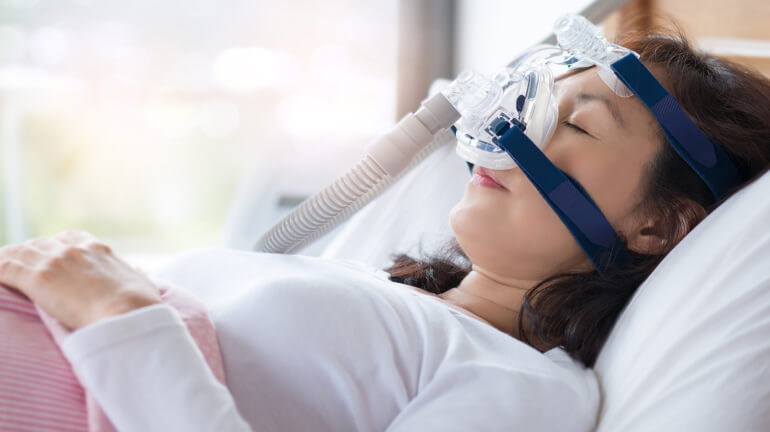
What Are CPAP Machine Alternatives?
CPAP machine alternatives are non-CPAP treatments designed to manage sleep apnea. These alternatives aim to alleviate sleep apnea symptoms and improve sleep quality without the use of a traditional CPAP machine.
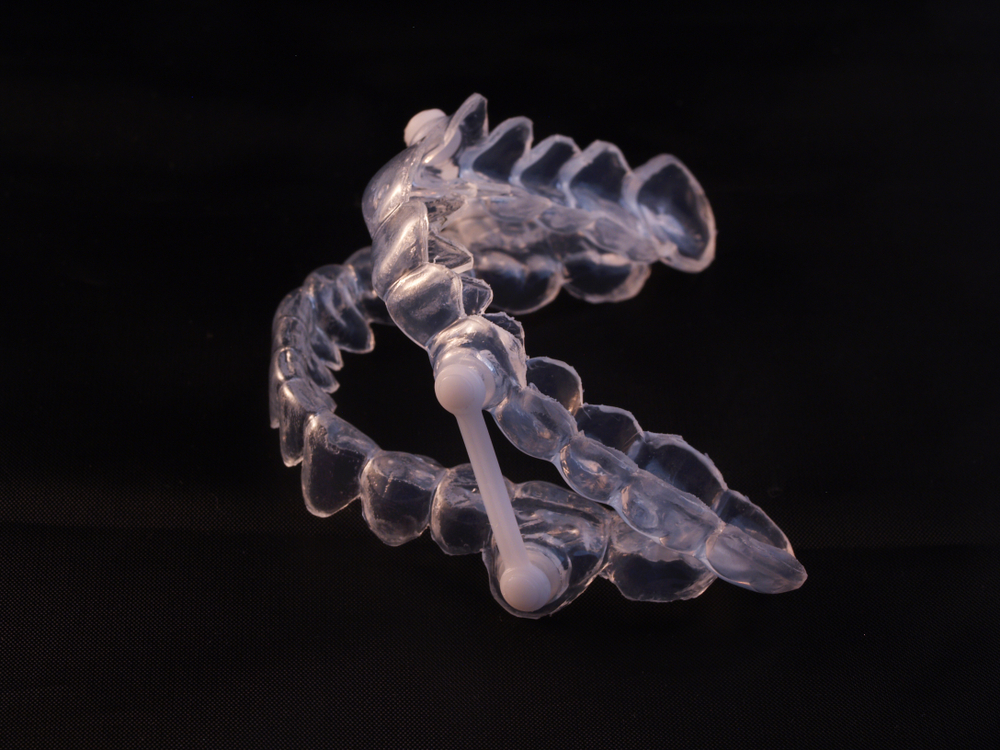
The Vivos System
At Sac Sleep and Breathing, Dr. Grivas offers the Vivos System as an effective solution for treating sleep apnea symptoms. This multidisciplinary treatment uses custom oral appliances to reduce and even eliminate sleep apnea symptoms. With two oral appliance options, the mRNA and DNA devices, Vivos is a silent, comfortable, and discreet way to treat sleep apnea.
Benefits of The Vivos System
There are various benefits associated with Vivos, including:
- Targets the Source: Instead of merely treating the symptoms, Vivos oral appliances get right to the source of your sleep apnea. If used correctly, you’ll be free to sleep soundly without any help or assistance.
- Non-Invasive: Vivios provides all of the benefits of sleep apnea treatment without the need for intrusive devices or surgery procedures.
- Fast Acting: The process itself can take as little as 12 months to complete and you may be able to cease treatment altogether after that time.
Daytime-Nighttime Appliance (DNA)
The Daytime-Nighttime Appliance (DNA) system works to correct the underlying issue that causes airway obstruction by gradually expanding the patient’s palate. This creates necessary room in the mouth and airway for patients to breathe comfortably throughout the night.
Benefits of the Daytime-Nighttime Appliance
The benefits of using a DNA appliance include:
- Non-Invasive: Unlike surgical interventions that may be associated with pain, lengthy recovery times, and potential complications, DNA appliances are non-surgical. This means that individuals can receive treatment without the need for surgical incisions, anesthesia, or the associated risks.
- Targets the Source: In cases where the Daytime-Nighttime Appliance successfully addresses the root issues, patients may find that they no longer need to rely on continuous or lifelong treatments. This can translate into cost savings and reduced healthcare burdens over time, offering a more sustainable and convenient solution.
Mandibular Repositioning-Nighttime Appliances (mRNA)
Mandibular Repositioning-Nighttime Appliances (mRNA) are a distinct approach to addressing sleep apnea when compared to the DNA system. While the DNA system primarily focuses on the correction of the upper jaw, mRNA appliances specifically target the lower jaw. This distinction is significant because repositioning the lower jaw can lead to substantial improvements in a patient’s ability to breathe comfortably throughout the night.
Benefits of Mandibular Repositioning-Nighttime Appliances (mRNA)
When using a mRNA appliance, patients may experience the following benefits:
- Targets the Source: The mechanism behind mRNA appliances involves gently shifting the lower jaw into a more favorable position during sleep. This repositioning serves to enlarge the airway, thereby alleviating the restrictions that often contribute to sleep apnea episodes.
- Non-Invasive: No surgeries are required to use Mandibular Repositioning-Nighttime Appliances. Simply wear the appliance during sleep and enjoy better rest.


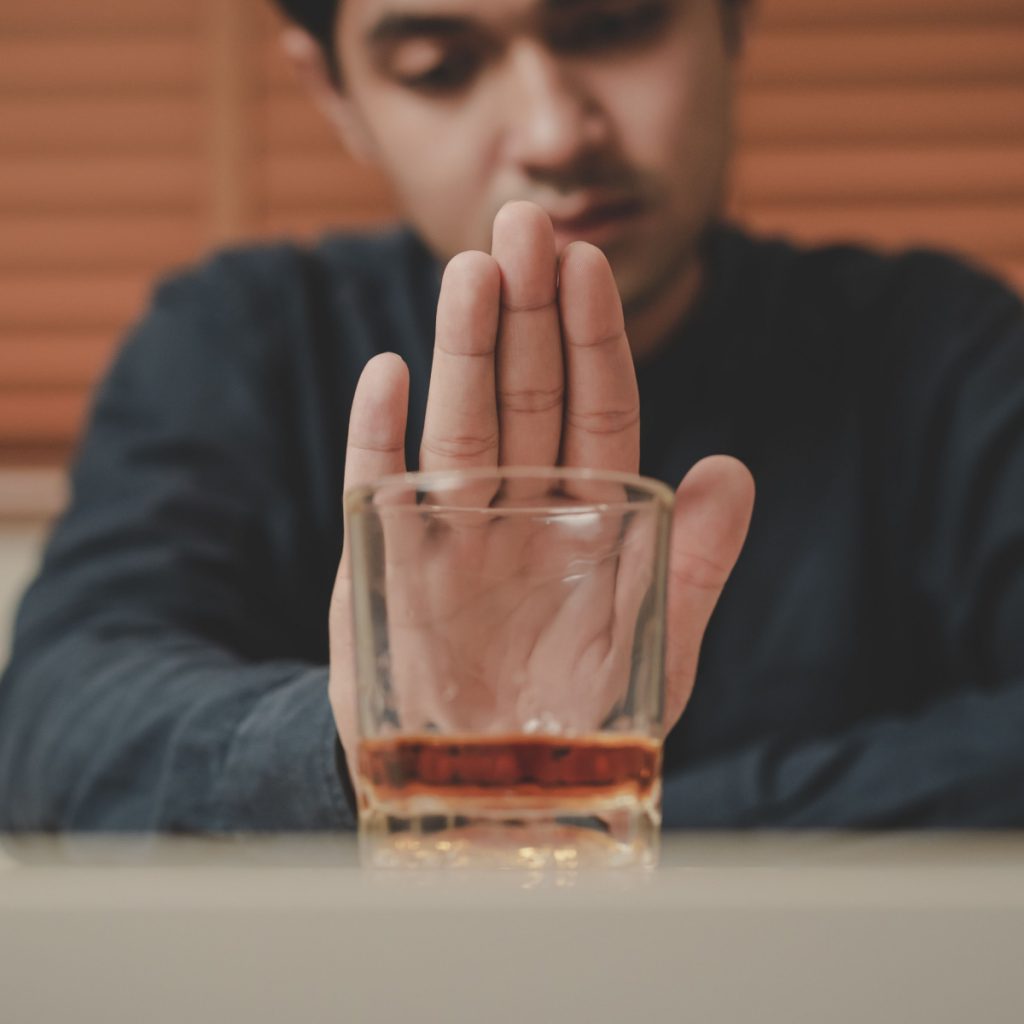
Lifestyle Changes
By making simple changes to your lifestyle along with using our CPAP machine alternatives, Dr. Grivas can alleviate your sleep apnea symptoms and optimize your results. He may recommend implementing a variety of these lifestyle changes.
Regular Exercise and Diet
Regular exercise and adopting a balanced diet can be instrumental in managing sleep apnea. When you engage in physical activity and make dietary improvements, you’re working towards shedding excess weight. Excess weight, particularly around the neck, can contribute to the narrowing of the airway, exacerbating sleep apnea symptoms.
By shedding those extra pounds, you reduce the pressure on your airway, making it easier to breathe during sleep. A healthier lifestyle can lead to long-term improvements in sleep quality and overall well-being.
Positional Therapy
Positional therapy involves altering your sleep position to enhance your breathing and reduce the likelihood of snoring and sleep apnea episodes. Dr. Grivas recommends avoiding sleeping on your back, as this position tends to cause the tongue and soft palate to collapse to the back of the throat, potentially obstructing airflow. Instead, sleeping on your side or in a slightly elevated position can help keep the airway open and improve airflow, reducing the chances of sleep apnea occurrences.
Mouth and Throat Exercises
Strengthening the muscles in the mouth and throat through targeted exercises can be an effective approach to alleviate the effects of sleep apnea symptoms. These exercises can help prevent the collapse of soft tissues during sleep, reducing airway obstruction.
Techniques such as tongue exercises, palate exercises, and throat exercises can enhance muscle tone and maintain better airway integrity. Incorporating these exercises into your daily routine may lead to significant improvements in sleep apnea symptoms over time.
No Alcohol and Tobacco
Limiting alcohol consumption and completely avoiding tobacco products are essential steps in managing sleep apnea. Alcohol relaxes the muscles in the throat, potentially increasing the likelihood of airway obstruction during sleep. Tobacco use irritates and inflames the airway, exacerbating sleep apnea symptoms.
By abstaining from these substances, you reduce the severity and frequency of sleep apnea episodes, leading to better sleep quality and overall health. These lifestyle changes can complement other treatments and help individuals with sleep apnea experience more restful sleep and improved quality of life.
Surgical CPAP Machine Alternatives
Surgial options for sleep apnea are typically considered when other treatments, such as CPAP therapy or oral appliances, have proven ineffective or are not well-suited to the patient’s condition. These surgical interventions aim to address anatomical or structural issues that contribute to airway obstruction during sleep. Surgery is considered a last resort and Dr. Grivas will exercise all other alternatives before referring you to a surgeon.
Uvulopalatopharyngoplasty (UPPP)
Uvulopalatopharyngoplasty UPPP is a surgical procedure that involves the removal of excess tissue from the throat, including the uvula, tonsils, and parts of the soft palate. By reducing tissue obstruction, UPPP widens the airway to improve airflow during sleep. It’s most suitable for individuals with obstructive sleep apnea (OSA) who have enlarged or obstructive throat tissues.
Genioglossus Advancement (GA) or Genioplasty
Genioglossus Advancement (GA) or Genioplasty are surgical techniques used to reposition and stabilize the tongue or the lower jaw to prevent their collapse into the airway. By addressing tongue or jaw-related obstructions, these procedures can be effective for certain OSA cases.
Maxillomandibular Advancement (MMA)
Maxillomandibular Advancement (MMA) involves repositioning both the upper and lower jaw to expand the airway. It’s a more extensive procedure often reserved for severe cases of sleep apnea or when other treatments have failed. MMA can be highly effective in reducing apnea events.
Septoplasty and Turbinate Reduction
Septoplasty and Turbinate Reductions address issues related to nasal obstruction. Septoplasty corrects a deviated septum, while turbinate reduction reduces the size of nasal turbinates to improve nasal airflow. Improved nasal breathing can help individuals with mild sleep apnea or those who primarily experience nasal congestion-related apnea.
Hyoid Suspension
Hyoid Suspension involves repositioning and securing the hyoid bone, which supports the tongue and throat muscles. By stabilizing the hyoid bone, airway collapse can be minimized, potentially reducing sleep apnea symptoms.
Inspire Therapy®
Inspire therapy is a newer surgical option involving the implantation of a device that stimulates the hypoglossal nerve during sleep. This stimulation prevents tongue collapse and helps maintain airway patency. It is suitable for certain individuals with moderate to severe OSA who cannot tolerate or do not benefit from other treatments.
Tracheostomy
In rare and extreme cases of sleep apnea, a tracheostomy may be considered. This surgical procedure involves creating a permanent opening in the trachea (windpipe) through the neck. Air is then directly delivered to the lungs, bypassing upper airway obstructions. Tracheostomy is typically reserved for life-threatening cases when all other treatments have failed.
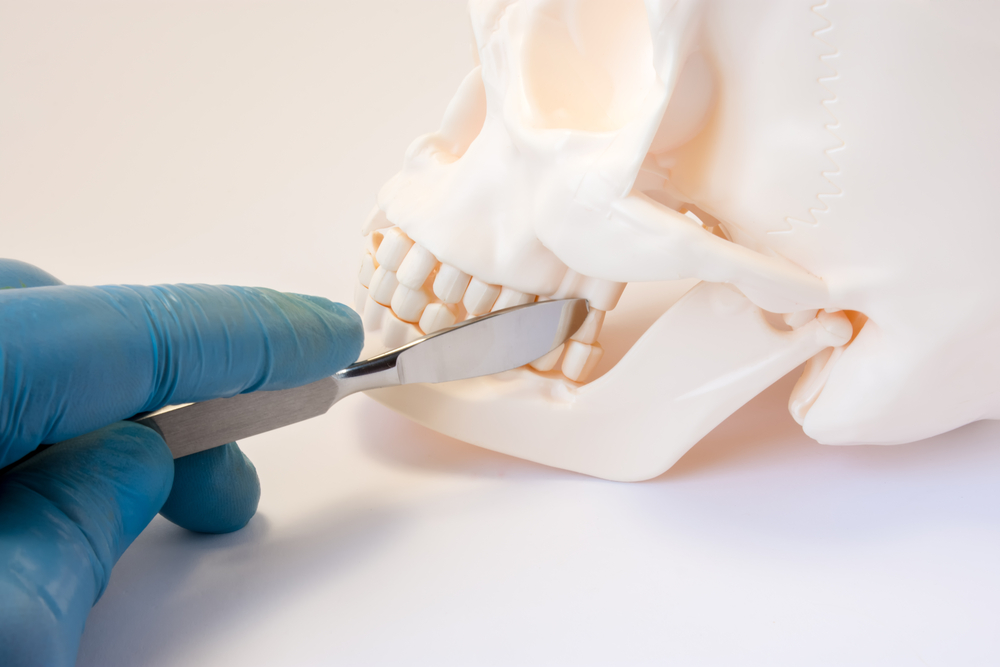
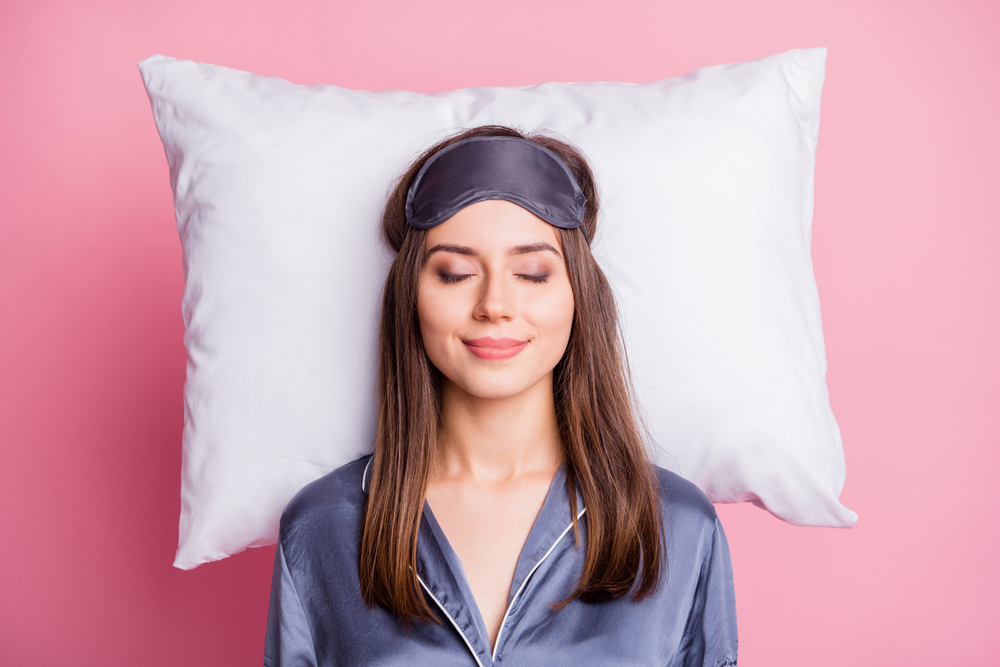

Frequently Asked Questions
Are oral appliances better than CPAP machines?
Most patients prefer using oral appliances to relieve their sleep apnea symptoms because they’re comfortable, minimally intrusive, and overall easy to use. CPAP machines are often noisy, and can potentially disrupt either your or your partner’s sleep. During your consultation, your sleep dentist will be able to determine whether you’re a good candidate for oral appliances.
Will insurance cover the cost of my oral appliance(s)?
It’s recommended that you contact your dental insurance provider ahead of time to learn whether you’re entitled to any coverage or compensation. Your sleep dentist may offer various financing options to make your sleep apnea treatment easily affordable and accessible. This may include third-party financing options such as CareCredit and LendingClub.
Are CPAP machine alternatives suitable for all types and severities of sleep apnea?
CPAP machine alternatives can be effective for various types and severities of sleep apnea, but their suitability depends on individual factors. Oral appliances, for instance, are often recommended for mild to moderate obstructive sleep apnea. Complex or severe sleep apnea cases may still require CPAP therapy or other specialized treatments.
Do CPAP machine alternatives have any side effects or drawbacks?
CPAP machine alternatives may have side effects or drawbacks, depending on the specific method used. For example, oral appliances can lead to jaw discomfort or temporary changes in bite alignment.
Lifestyle changes like weight loss or positional therapy may require ongoing commitment and patience to see significant results. It’s crucial to discuss potential side effects and drawbacks with your healthcare provider to make an informed decision that aligns with your preferences and comfort level.
Explore CPAP Machine Alternatives With Dr. Grivas, Call Today!
You deserve to have an effective treatment for your sleep apnea without intrusive CPAP machines. At Sac Sleep and Breathing, your whole-body health is our top priority. Dr. Grivas will go the extra mile to find a solution that works for you.
Contact our Sacramento office by calling (916) 735-4060 or by filling out an online contact form. Sac Sleep and Breathing also serves patients in Sierra Oaks, Woodside Condo, and Campus Commons, CA. We look forward to helping you get the restful sleep you deserve.
